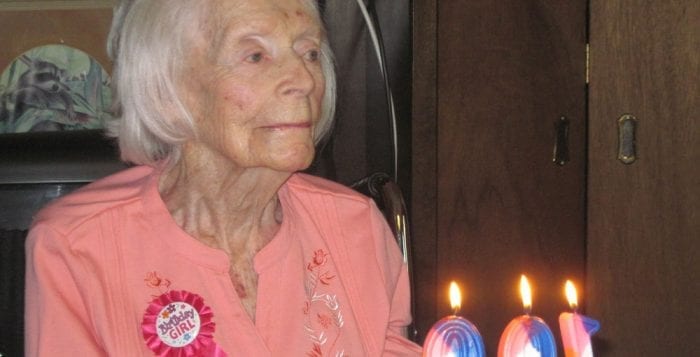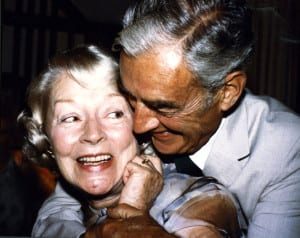Jason Graetz’s friends want him to hurry up and build a better mousetrap or, more specifically, a better fuel-cell vehicle. When he socializes, Graetz is often urged to create an automotive alternative, especially as the cost of gas hovers near $4 a gallon.
As the head of the Energy Storage Group in the Sustainable Energy Technologies Department at Brookhaven National Laboratory, Graetz is working on developing fuel cells that use lithium or hydrogen.
“In both cases, we’re developing new materials,” Graetz offered. “The Holy Grail for these projects is developing systems for automotive applications.”
Creating a hydrogen system presents practical problems, including how to store the hydrogen. At room temperature, hydrogen gas is stored in compressed tanks, which take up so much space that they would occupy most of the trunk and part of the back seat in a typical car, Graetz explained.
Storing hydrogen in a solid state, however, provides a potential answer. “Hydrogen goes into metal very much like a sponge,” Graetz offered.
He hopes to find a material that’s lightweight and that might require a storage tank the size of a gas tank.
The key is finding the right material. Graetz has found promising results with aluminum hydride, which is five times better than other options, such as iron titanium hydride, at storing hydrogen.
Getting hydrogen into aluminum “takes extremely high pressure” Graetz said. “We need to come up with a more clever way.”
The recipe is complex and involves introducing another molecule that helps stabilize the aluminum hydride. That molecule, called a ligand, hangs off the aluminum hydride and gives it more stability.
While that procedure works, the process is still a matter of “keeping cost and energy inputs low for each step,” he explained. “It has to be a pretty inexpensive material to be viable.”
Scientists and auto manufacturers are years from using hydrogen in fuel-cell cars, Graetz suggested, but that only increases the need to conduct research now.
Cars that use lithium are further along, although there are still research challenges with them as well.
Tapping into the resources available through BNL, Graetz has been able to put a lithium battery into a synchrotron, which shoots X-rays through the battery as it’s operating. That allows him to see how the lithium changes as it charges and discharges.
“This informs us about how the material is working and how it’s not working,” he explained. “We can see things like where the degradation is occurring.”
He can then return to the lab to synthesize, or create, new materials and make alterations to improve the performance of the battery.
Graetz has used the synchrotron in the manufacture of lithium-related materials to see how different properties of his creations — such as their shape — change when reactions occur at different temperatures and pressures and over different amounts of time.
Using a clear chamber, Graetz can mix lithium with other elements and observe the process.
In a full-size reactor, making these molecules can take a day or two. After the reaction, the scientists may not have the product they sought. With the clear chamber, they can make adjustments to conditions as they’re building these materials.
“Most syntheses are done blind,” Graetz said. “This allows us to see what’s happening in real time and make changes on the fly.”
Graetz’s interest in improving and understanding the materials around him extends beyond the lab. He’s gone a few rounds with his washing machine and drier in the home in Calverton he shares with his wife Ronia and their son, who was born last summer.
And, when he’s not fixing or improving something, Graetz enjoys rowing as a crewmember of a six-man outrigger canoe. The BNL scientist has returned to Hawaii, where he went to high school, for a 42-mile competition with his New York-based friends.
Professionally, he doesn’t need his friends to encourage him to build a better fuel-cell car. He says he feels that urgency when he thinks about his son.
“I feel a certain responsibility for the classic idea of leaving a place as least as good as you found it to the next generation,” he offered. “To do that, I feel we need to transition to more sustainable fuels.”






